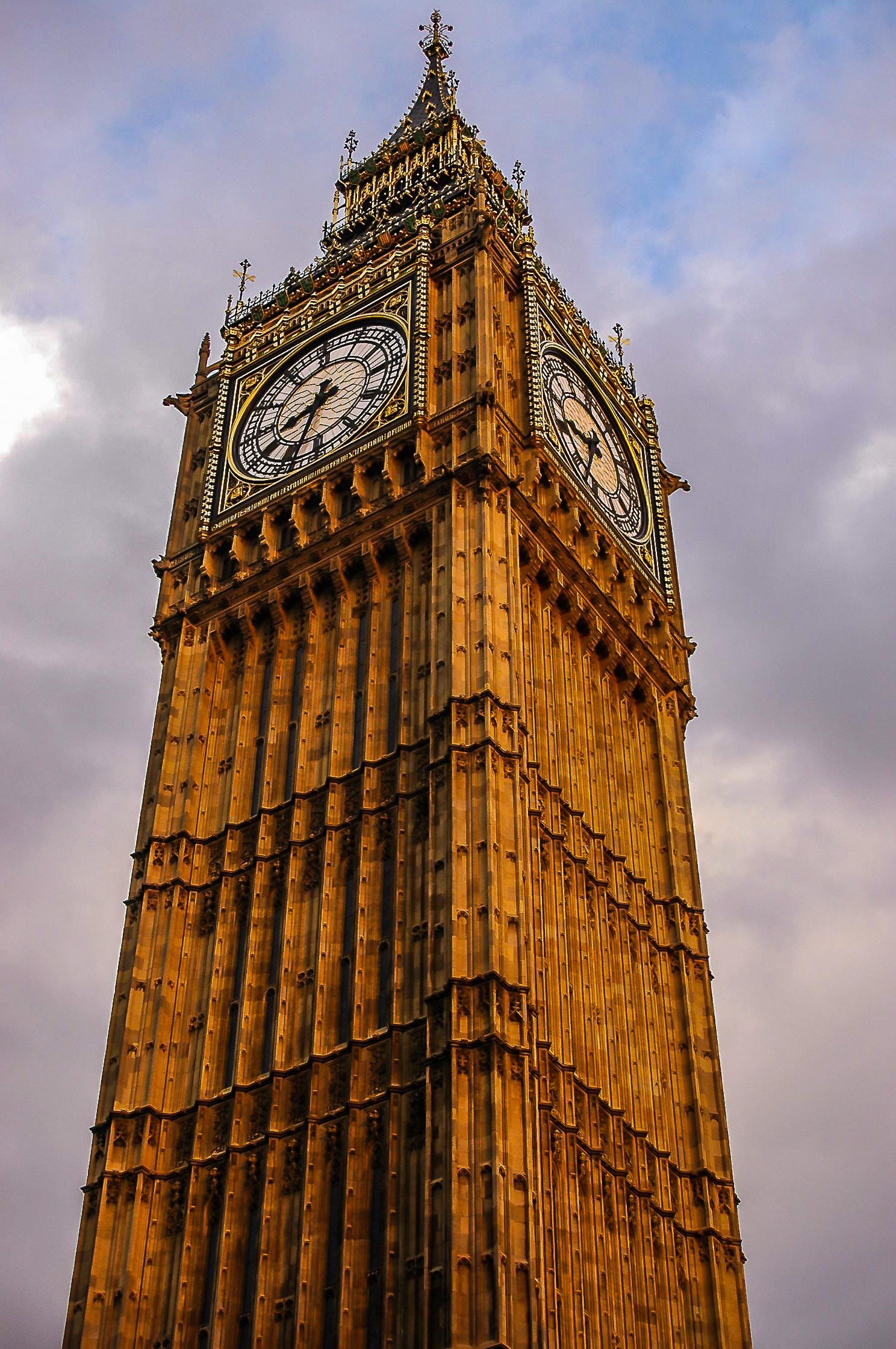
The opacity region can be changed in the preview with your mouse or in the options using the left/right offsets and width/height parameters.Access-restricted-item true Addeddate 23:01:05 Associated-names Collins, D. If you want to change the opacity of a smaller area than the entire PNG, you can select a rectangular area of the PNG and apply the opacity effect only in this region. In the second block of options, you can switch to the linear gradient mode and set its direction, or you can switch to the radial gradient and set its radius and direction. There are two gradient types – linear gradient and radial gradient. The gradient will smoothly change pixels' alpha levels from full opacity (or original alpha) to the opacity value specified in the options. If you switch to the "Apply Gradient Opacity" mode, the opacity of the pixels changes in a gradient direction. This opacity mode is enabled via the "Apply Solid Opacity" option. By default, all pixels in the PNG get the same alpha channel value (that is, all pixels have the same transparency level). For example, by setting the opacity to 80%, the background will be slightly visible through the PNG by setting the opacity level to 20%, the PNG will be almost transparent and by setting it to 0%, the PNG will be completely transparent (and will maintain the same width and height as the original input PNG). A non-transparent PNG has an opacity level of 100% and a semi-transparent/translucent PNG has an opacity level of less than 100%.

You can specify the opacity level in the options on a scale from 0% to 100%. You can make each pixel of a PNG translucent so that the background that lies under the image shines through.

This browser-based program allows you to change the opacity of any PNG image.


 0 kommentar(er)
0 kommentar(er)
